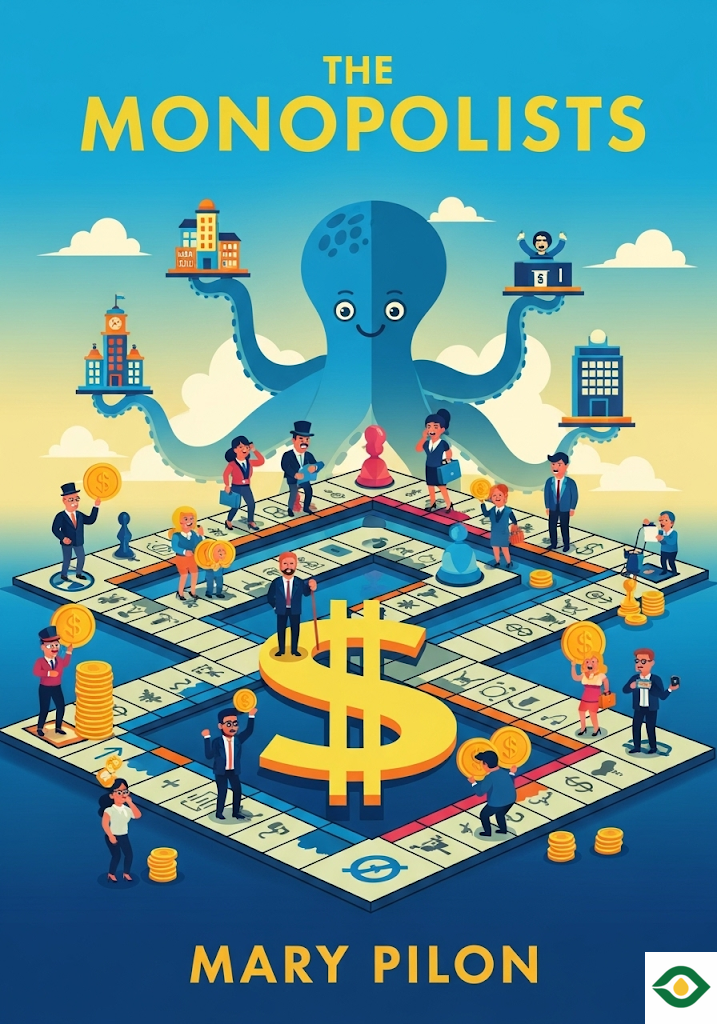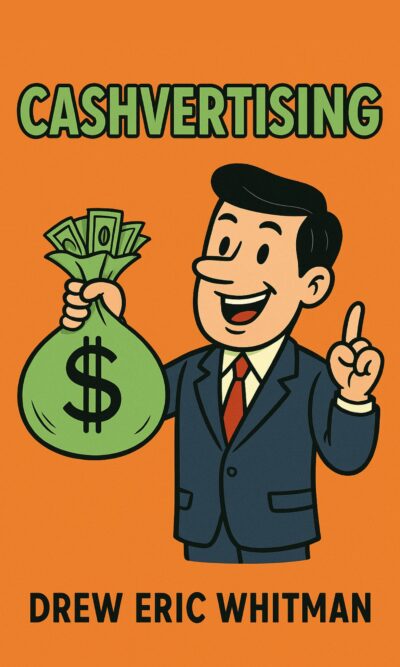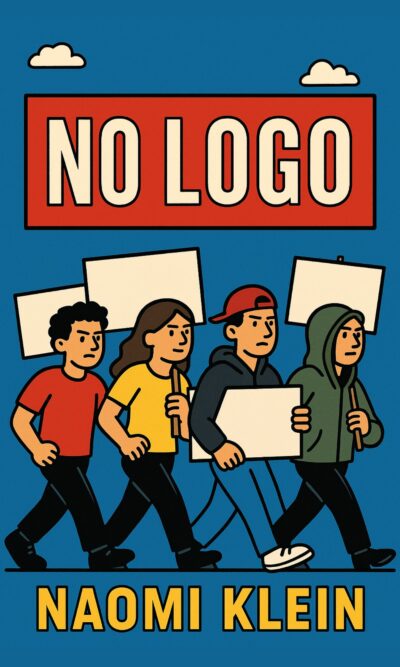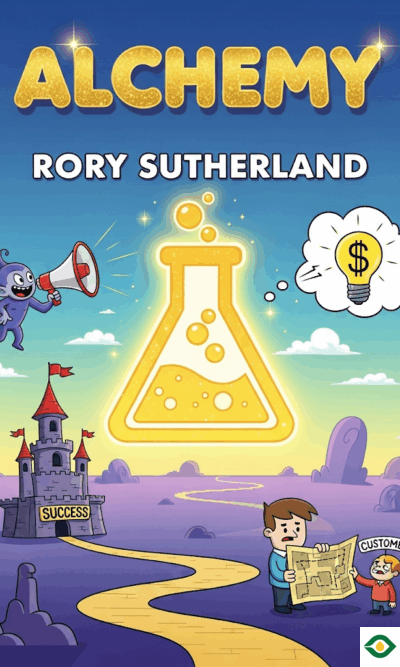Description
The story of Monopoly, the world’s most famous board game, is not just about rolling dice, building hotels, or sending family members to financial ruin during game night. Behind the colorful board lies a long history of invention, theft, corporate tricks, and even battles in courtrooms, including the Supreme Court. The Monopolists uncovers this hidden tale and shows how a game designed to teach about fairness became a symbol of greed.
For decades, many people believed that a man named Charles Darrow invented Monopoly during the Great Depression. The story went that he was poor, unemployed, and struggling to support his family. One day, he came up with the idea for Monopoly. At first, companies turned him down, but he printed his own versions and started selling them. When Parker Brothers, a major game company, finally noticed, they bought the rights, and Darrow became rich. It was the classic rags-to-riches story, perfect for the American dream.
But this was a lie. Darrow never truly invented Monopoly. He had learned the game from friends who were already playing it. He changed a few details, redrew the board, and then presented it as his own. Parker Brothers embraced his story because it was simple, inspiring, and helped them protect the game from competitors. The truth was far more complicated.
The real inventor was Elizabeth Magie, also known as Lizzie Magie. In 1904, she created a game called The Landlord’s Game. Her purpose was not entertainment but education. Inspired by the ideas of economist Henry George, she wanted to show how landlords and monopolies could harm ordinary people. The game allowed players to see two paths: one where wealth was shared fairly, and another where one player became rich by driving others into poverty.
Her board looked very familiar. It had properties, railroads, fake money, and even a “Go to Jail” space. Magie patented her invention, sold copies, and even saw versions appear in Scotland. But she was not interested in making millions. She wanted to spread awareness about social and economic justice. For her, the game was a teaching tool.
Over time, players across the United States began to adapt Magie’s creation. In communities in Delaware and Atlantic City, people started changing the names on the board to reflect their own streets and neighborhoods. Families and friends created local versions, passing them around. Some groups even used the game to explain the dangers of monopolies in classrooms. By the 1920s and early 1930s, many people were already calling the game “Monopoly.”
One player, Daniel Layman, added houses and “Chance” cards, then sold his version under the name Finance. Others created their own variations. These homemade games spread widely, long before Darrow came into the picture. When he saw the game, he polished it, packaged it, and sold it as if it were his original idea.
Parker Brothers stepped in at this point. They knew the truth was messy and would weaken their legal control. So they created a myth: Darrow, the poor man turned millionaire genius. They bought out competitors, acquired patents, and even paid off other inventors to stay quiet. To tie up loose ends, they also bought Magie’s patent. They promised to publish The Landlord’s Game again, but only briefly, and mainly to bury her contribution.
For decades, this story worked. Monopoly became a worldwide hit, selling millions of copies, and Darrow was remembered as the genius behind it. Parker Brothers grew into a dominant company. The truth was forgotten—until a man named Ralph Anspach appeared.
Anspach was an economics professor in the 1970s. He disliked how Monopoly celebrated ruthless behavior—buying up everything, crushing others, and winning at all costs. During a time when people were worried about corporate power and the oil crisis, Anspach designed his own version called Anti-Monopoly. His game encouraged breaking up monopolies and sharing resources. It started gaining popularity, but Parker Brothers quickly sent him a letter demanding he stop.
Anspach refused. He believed Parker Brothers could not own the word “monopoly,” which he argued had become a common term, just like “zipper” or “yo-yo.” He also began researching the real history of the game. To his surprise, he uncovered Lizzie Magie’s invention, the many homemade versions, and the fact that Darrow was not the true inventor.
The case went to court. At first, the judges sided with Parker Brothers. They even ordered Anspach to hand over all remaining copies of Anti-Monopoly so they could be destroyed. Parker Brothers offered him half a million dollars to stop, but he refused. He wanted the truth to come out.
Eventually, the case reached the Supreme Court. There, Anspach finally won. The court agreed that “monopoly” had become a generic word and could not be fully owned as a trademark. They also acknowledged that Darrow was not the original inventor. It was a major victory.
However, by then, times had changed. The public had lost interest in Anspach’s alternative game, and the culture of the 1980s shifted toward wealth and consumption. Still, his fight revealed the real origins of Monopoly, even if the full story never became widely known.
The tale of Monopoly is not only about a game but also about how history can be rewritten. A woman created it as a lesson about fairness, but a company turned it into a tool of profit and myth. Parker Brothers pushed their version of events so strongly that for decades, almost everyone believed it. Even today, many people still think of Darrow as the sole creator.
In the end, Monopoly reflects the very system it was designed to criticize. It started as a warning about greed and monopolies, but it became a product of greed itself. The battles over its ownership show how power can erase truth, and how hard it is to fight back against corporations determined to protect their stories.
The real history of Monopoly is messy, but it is also fascinating. It reminds us that behind even the simplest games, there can be hidden struggles, forgotten voices, and lessons about how society really works.





